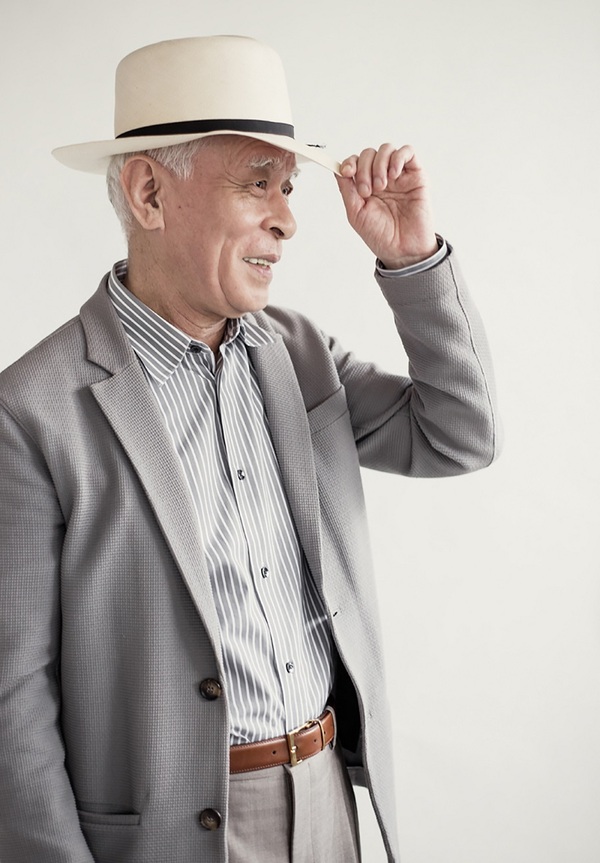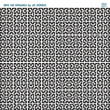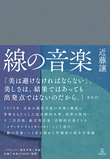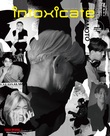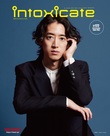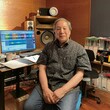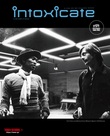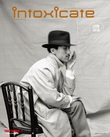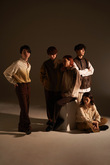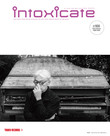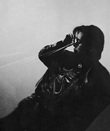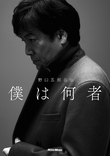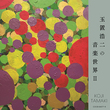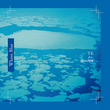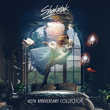In the 1970s, Jo Kondo was here in this archipelago, as one of the youngest composers. He was known of the same generation as Sueko Nagayo and Somei Satoh, following Shigeaki Saegusa and Shin-ichiro Ikebe. Kondo was once vaguely grouped in minimalism or modal style. In this situation, he had aggressively released texts. He wrote the texts to give deep thought to his compositions. He told that he reconfirmed what he achieved in his composition through the texts, but the form employed to lay out his thought and aesthetics, or composition and its practice of his works gave us substantial impact, no matter how it was. My acquaintances around me even made photocopies of a series of his column on Episteme (Yasuo Kobayashi was a regular contributor to this magazine, who is the partner of the talk event at the Composium,) a discontinued magazine, to compile a private edition. I believe the opening sentence of the column that “We can envision inaudible sound but not find music composed by inaudible sounds” numbed us and was ardently supported by not less young. And I was one of those.
This series was published as Sen no Ongaku (music, appearing on the linear line) (first published by Asahi Publishing and currently by Artes Publishing) and Toru Takemitsu contributed a recommendation to the first edition (1979).
The music of Jo Kondo was drawn hot attention against its coolness at the Festival d’Automne à Paris last year. The unique aspect of his music lies in that no convenient circuits exist between the notion of music entity and the sound of its representation. We are to listen to layers of the transparent sound formed by the line bordered by nothingness.
The Composium will give the performance of 5 of his compositions including the world premiere of Birdphone Functions (1974) in public since its first broadcasting which he composed in his 20s, and 2 other world premiere compositions. We do not have so many chances to listen to his orchestral works. He wrote, however, in his profile “The first time I listened to live orchestra sounds when I was a high school student, I decided to be a composer. ” (from The Narrative of History of Western Music) The change and changelessness in his compositions after all these years, or “further” development may depend here on the listener’s expectation.
Because the performance is taking place at Tokyo Opera City Concert Hall: Takemitsu Memorial, we may paraphrase the composers’ ideas of titles and images. Here I quote Jo Kondo’s writing on Toru Takemitsu from its beginning.
To me, the nature of the sound is the same as weeds on abandoned lots, cumulonimbus clouds traversed by a sparrow soaring up from a branch against the blue sky, a lizard stuck to the concrete block wall in the afternoon of a cloudy sky, and pebbles on the sidewalk. They are just ordinary things around me. But in the case of Toru Takemitsu, it seems otherwise. Every time I listen to his music, that same feeling comes back to me.
The text (Music of Toru Takemitsu) was written in 1981, but ahead of 5 years, in 1976, in the course of the dialogue with Toru Takemitsu, he told as follows. Mentioning his recent composition Walk, he continues;
(...) I don’t think of attaining metaphysics through metaphors evoked by such poetic images as waves or trees. Rather I think of the daily life of a person. Well, daily life possibly carries a lot of different meanings. For instance, walk. Its rhythm, such movement would create. This is real and has no reference to any poetic images which waves would evoke. So such rhythms, the rhythm of music made from relationships with certain notes, and similarities with that rhythm of music made from relationships with certain notes, I think of such things, as the staged daily life in the meaning which the acting in the film might have.
The title of the work of music, the relationship between the title and the work composed by notes, even only these things tell us that our idea is far from that of the composer. That’s amazing. What I recollect from the texts of Jo Kondo is about John Cage and Toshi Ichiyanagi, who passed away a year ago. It is also about daily life, the daily practice of a person, and the sound-the music, but is another story.
Listening to his works requires quite different tension or focus than other composers’ works, in my opinion. I think the composer himself might be required likewise.
When listening to one of his compositions, I once told the composer about my emotional involvement. Kondo-san perplexedly replied with a minute ironic smile and told me not to involve emotion. OK, I understood he did not write to evoke that kind of reaction, and the music is not that kind. When did I realize this, although it was a little late?
But not only that, by listening to not a single work but multiple, there surfaces something up. The settings of the rhythm (or of this kind), the preference of tone color (preoccupation for the cowbell,) the sharpness / connection of each note, the acoustic sound reminding that of the electronic sound, and reciprocities of “listening – playing” among each part of the ensemble...
There should be multiple ways of listening to music, or the work of music. And there might be cases that you could never know how to set the way to listen to, nor to alter it. If you find the music or the work of music not of your interest, you will be curious if there is an alternative way of listening to make it interesting, regardless of whether it is in line with the intention of the composer or not. If it’s still not interesting, you would try (or you could) any possible other ways of listening. There may be possibilities for the side of a listener to tune himself in. Additionally, one can alter oneself through music.
To tell the truth, the choice of a theme song composed for a TV drama where a sweet melody by strings is perforated by the cowbell from time to time, or the works originally composed for different purposes from the concert programs would have been good for the fringe programs of the Composium.
LIVE INFORMATION
Composium 2023 – With Jo Kondo
Film and Talk
May 23 (Tue), 2023 at Tokyo Opera City Recital Hall, Hatsudai, Tokyo
Start: 19:00
A Shape of Time: The Composer Jo Kondo (2016, 100 min., Japanese subtitles)
Director:Viola Rusche / Hauke Harder
Starring: Yasuo Kobayashi (philosophy, professor emeritus of The University of Tokyo), Jo Kondo
https://www.operacity.jp/en/concert/calendar/detail.php?id=15707
The Music of Jo Kondo
May 25 (Thu), 2023 at Tokyo Opera City Recital Hall, Hatsudai, Tokyo
Start: 19:00
■Program
Jo Kondo: Pastoral for orchestra (1989)
Jo Kondo: Birdphone Functions for orchestra (1975)
Jo Kondo: Frontier for 3 solo clarinets and 5-part clarinet choir (1991)
Jo Kondo: Brace of Shakes for orchestra (2022) [world premiere]
Jo Kondo: Palimpsest for orchestra (2021) [world premiere]
Performers: Pierre-André Valade (Cond), Yomiuri Nippon Symphony Orchestra, Kunitachi College of Music Clarinet Ensemble
https://www.operacity.jp/en/concert/calendar/detail.php?id=15708
Toru Takemitsu Composition Award 2023: Final Concert
(Judge: Jo Kondo)
May 28 (Sun), 2023 at Tokyo Opera City Recital Hall, Hatsudai, Tokyo
Start: 15:00
Performers: Kosuke Tsunoda (Cond), Tokyo Philharmonic Orchestra
■Program
[Finalists] (in order of entry)
Guillermo Cobo Garcia (Spain): Yabal-al-Tay for symphonic orchestra
Michael Taplin (UK): Selvedge for full orchestra
Koji Yamabe (Japan): Underscore for orchestra
Yuheng Chen (China): tracé / trait für Orchester
https://www.operacity.jp/en/concert/calendar/detail.php?id=15709
Composium 2023 Related Event
Jo Kondo – Chamber Music Concert
May 26 (Fri), 2023 at Tokyo Opera City Recital Hall, Hatsudai, Tokyo
Start: 19:00
https://www.operacity.jp/en/concert/calendar/detail.php?id=15741
Jo Kondo – Choral Music Concert
May 30 (Tue), 2023 at Tokyo Opera City Recital Hall, Hatsudai, Tokyo
Start: 19:00
https://www.operacity.jp/en/concert/calendar/detail.php?id=15742

